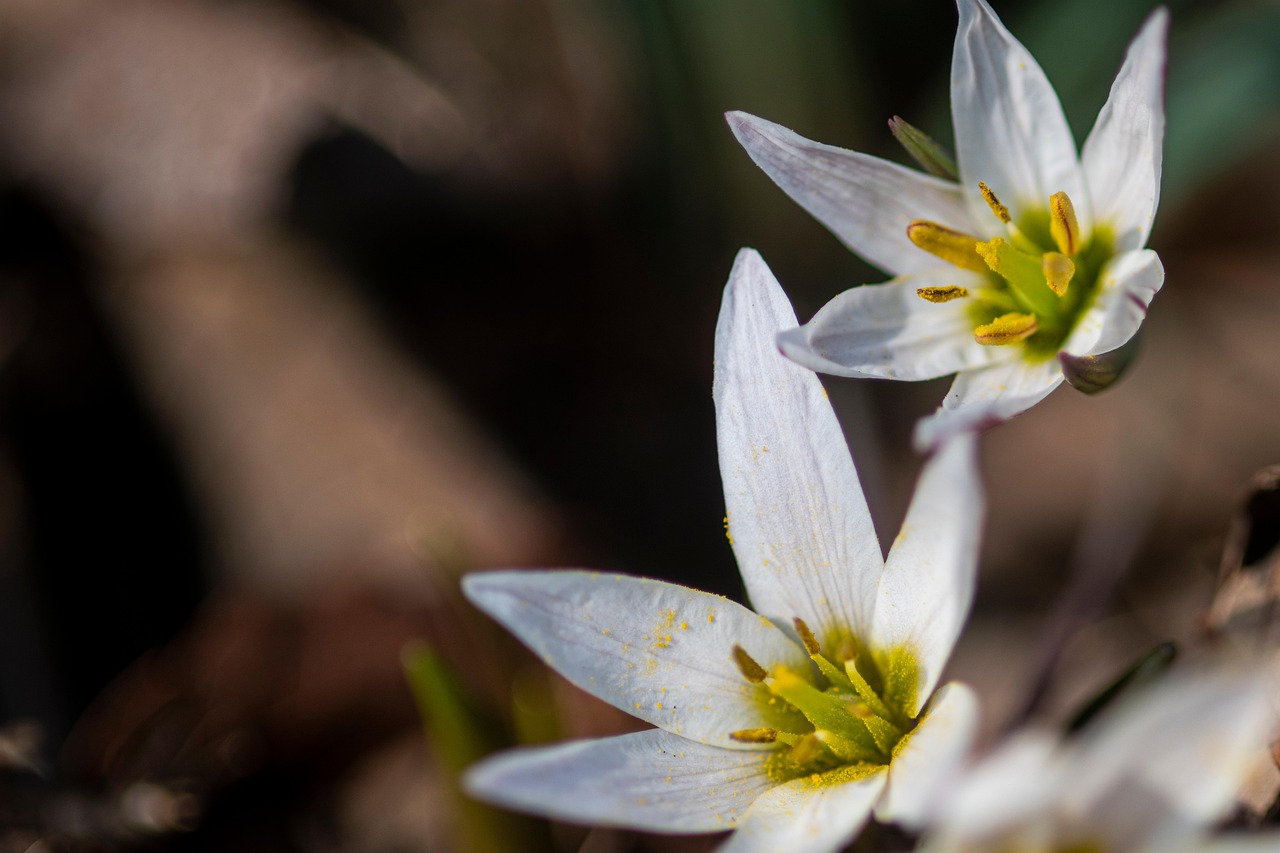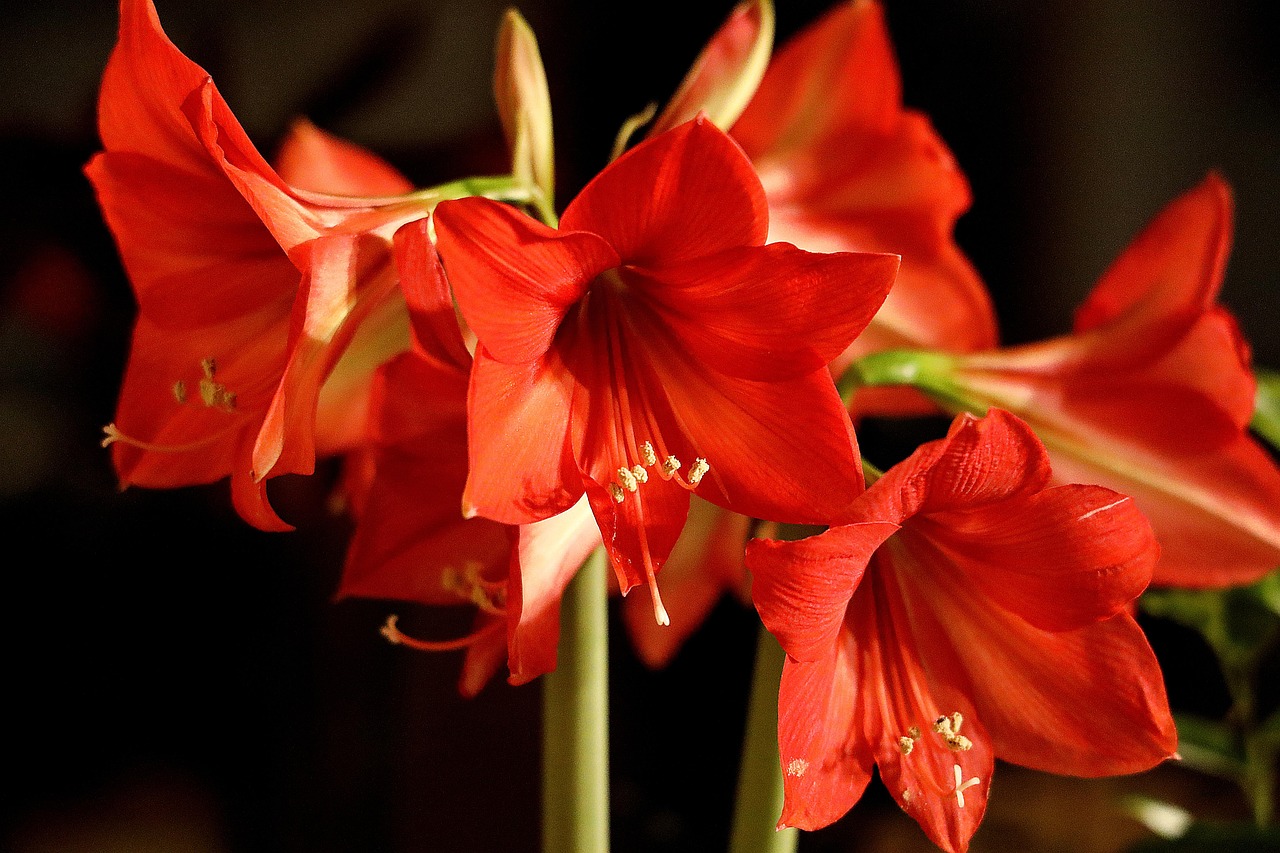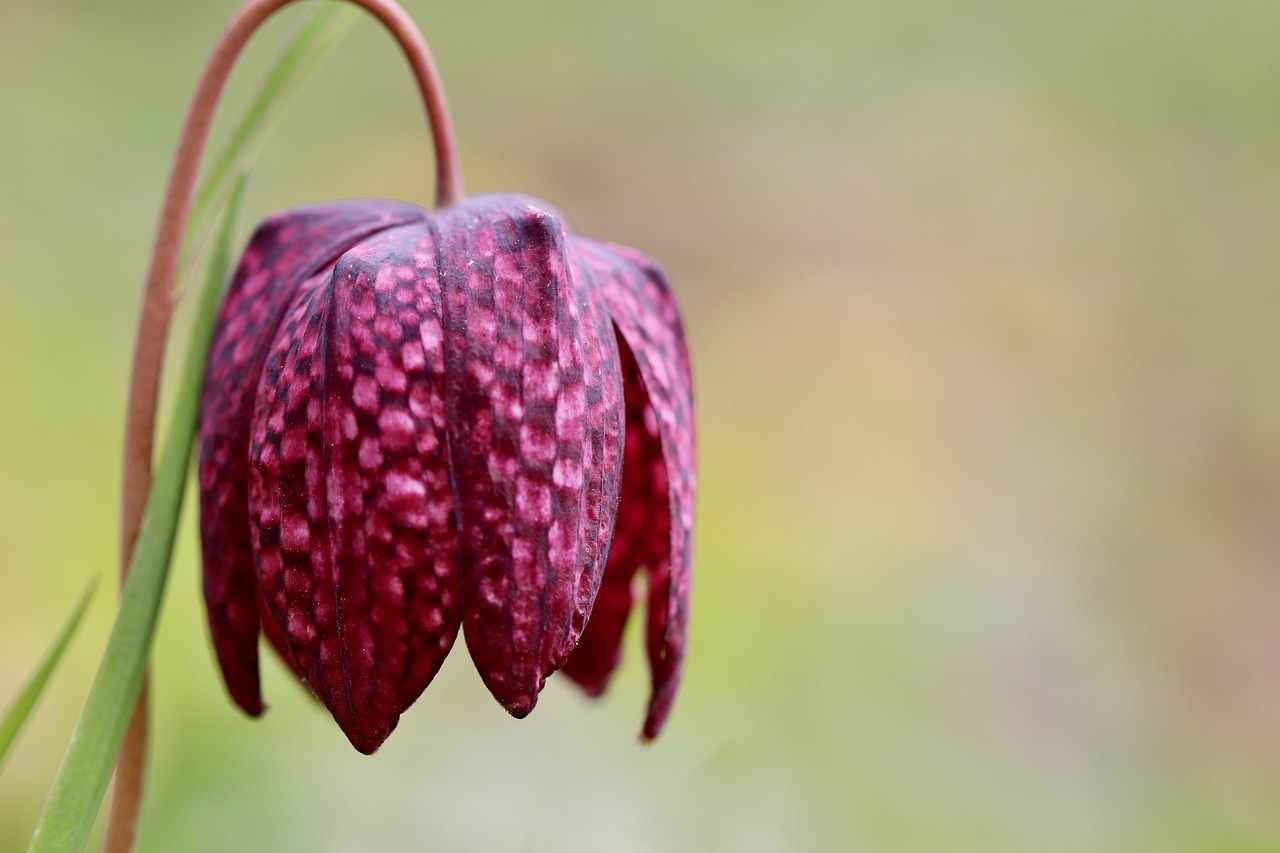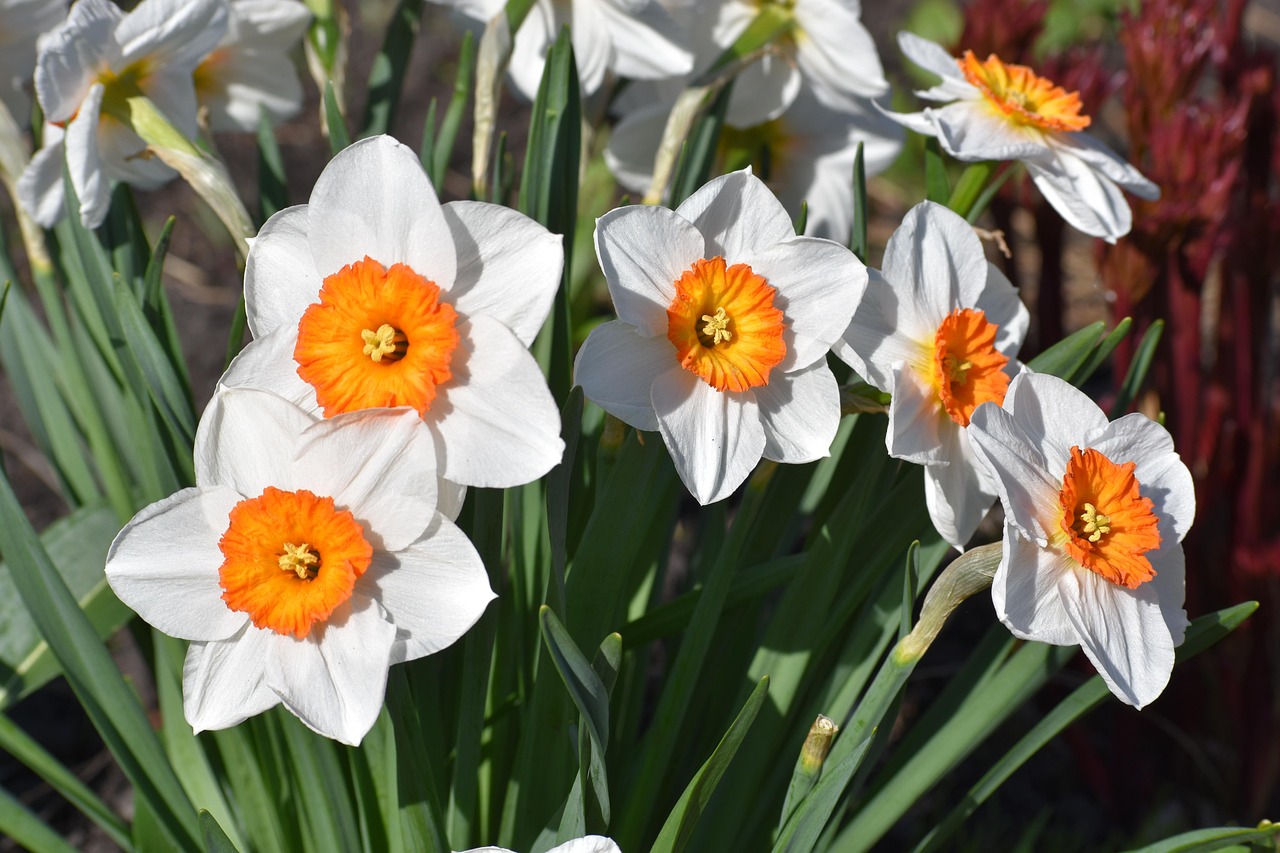Crocus | Features and Care
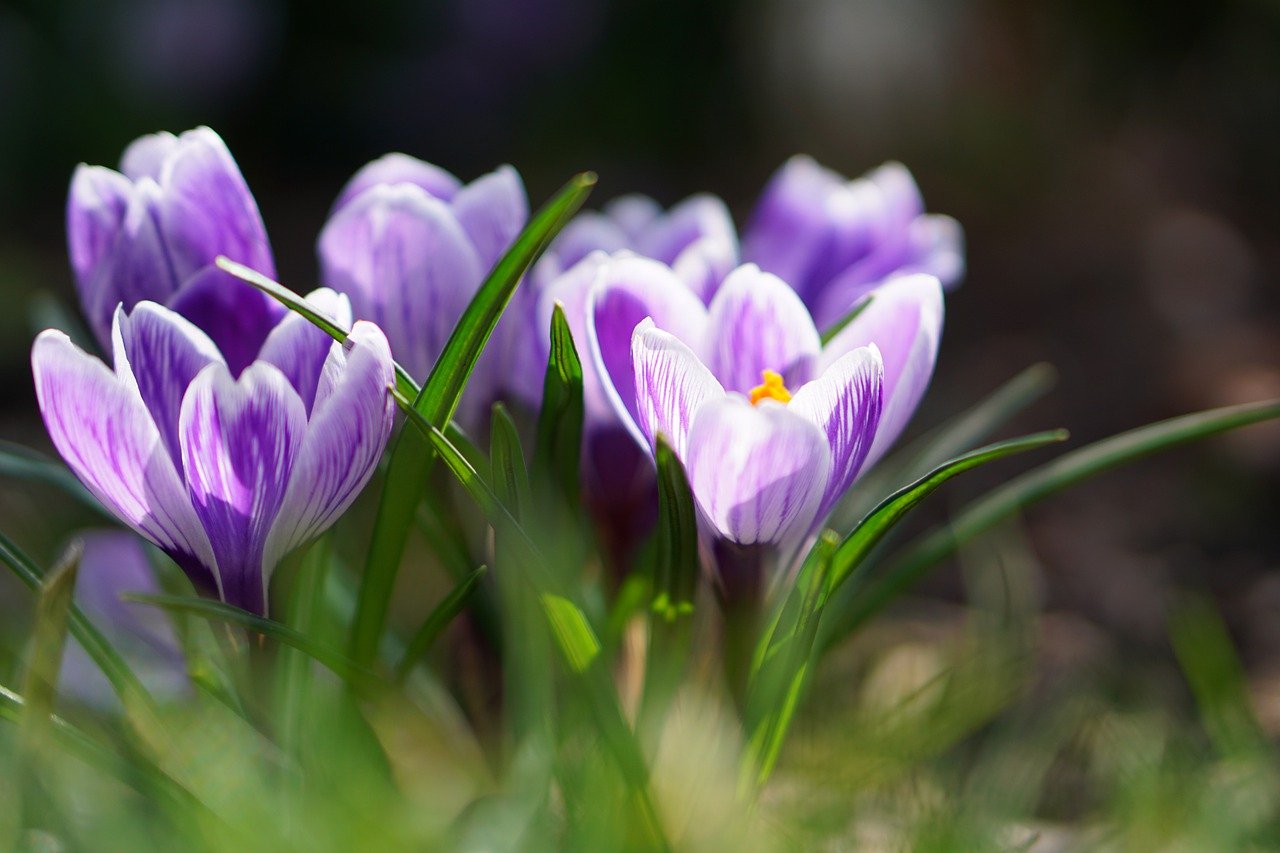
The crocus is a well-loved flower that announces the arrival of early spring. With its charming, small blooms that appear as the snow melts, it adds vibrant accents to any garden.
This article delves into the crocus’s basic information, cultural significance, and essential gardening tips.
Basic Information
- Scientific name: Crocus
- Family: Iridaceae
- Origin: Mediterranean coast, Middle East, Central Asia
- Appearance: The crocus is low-growing, with blooms about 3-5 cm in diameter. It comes in a wide range of colors, including white, yellow, purple, and blue, with tubular petals that open to reveal vivid hues. Its slender leaves feature a distinctive white line down the center.
- Blooming season: Generally, early spring (February to March). Crocuses are among the first flowers to bloom, bringing color to the garden as winter fades.
Cultural Significance Around the World
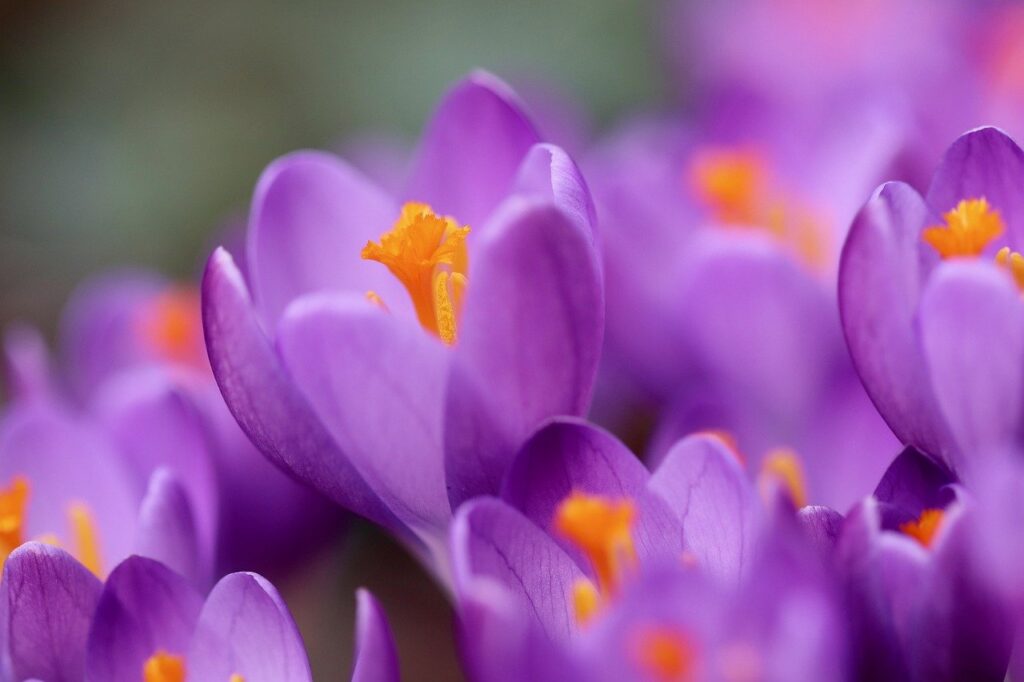
The crocus is cherished in Europe and Asia as a symbol of “hope” and “renewal.” In Europe, crocuses are often seen as heralds of spring, signaling the end of the long winter. They are commonly planted in gardens, parks, and at the base of street trees, reminding people of the arrival of early spring.
The crocus’s vibrant variety of colors also makes it a favorite in countries like the UK and the Netherlands, where crocus fields are often arranged with multiple color varieties, creating a lively and cheerful landscape across communities.
Historical Episodes
Crocus flowers have been cultivated since ancient times in Rome and Greece, where they symbolized love and sorrow and appeared in literature and art. In Greek mythology, a young man named Crocus fell in love with a beautiful woman, but his unrequited love brought him to tears, transforming him into a flower. This myth has since associated the crocus with “youthful sorrow” and “eternal love.”
Saffron, a precious spice derived from a type of crocus, has a long history of use in ancient Egypt and Rome for rituals and as an expensive dye. Due to the vast number of flowers required to harvest saffron, the saffron crocus is often referred to as the “golden flower.”
Gardening Advice
Crocuses prefer sunny spots with well-draining soil. Fall (September to October) is the best time to plant them, allowing them to germinate in cool weather and establish their roots through winter. For in-ground planting, bury them 5-8 cm deep and space them about 5 cm apart to enjoy a full bloom in early spring. Crocuses are also well-suited for container gardening and pair beautifully with other spring-blooming bulbs.
After planting, water thoroughly and continue to water when the soil dries out. During the growing season in spring, fertilizing once a month promotes better blooms for the following year. Crocuses are hardy plants that can withstand winter cold, making them ideal for colder climates as they reemerge in spring.
Conclusion
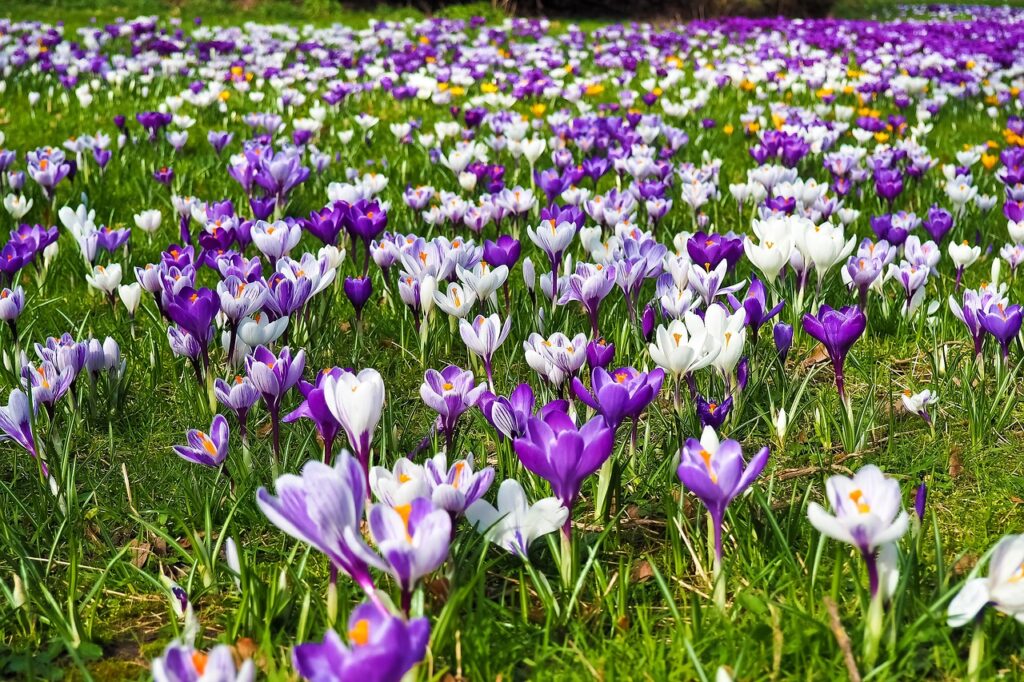
Crocuses are invaluable for brightening up gardens from late winter to early spring. Their simple yet vibrant colors signal the arrival of the new season.
Easy to grow and low-maintenance, crocuses are a delightful addition to any garden or pot, bringing the joy of early spring a bit closer.

